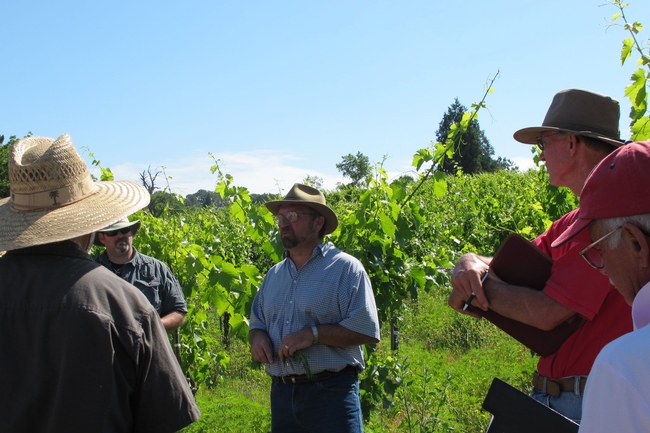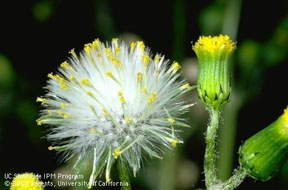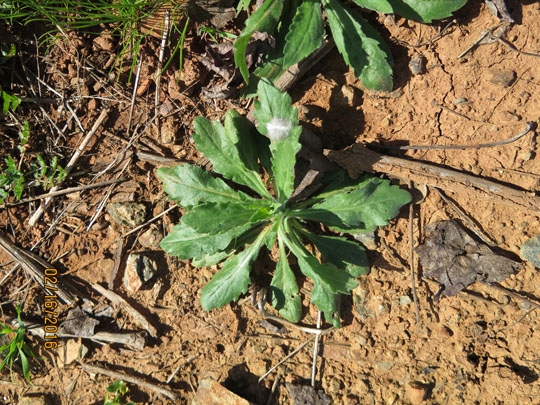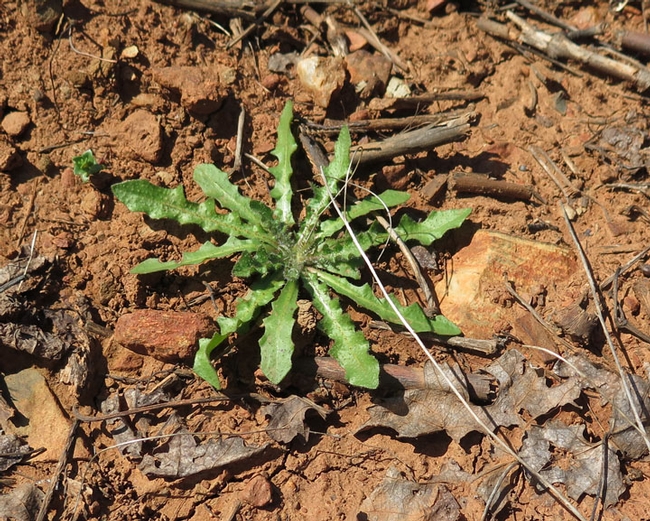- Author: Lynn Wunderlich
Hello amateur botanists! (and aren't all growers botanical enthusiasts?) Here are the answers to last week's Fodder Weed ID Quiz, and some tips on where to find information on management for those plants you're not so enthused about.


#2. OK this was a gimme to build up your confidence (and mine!). Wild radish (Raphanus sp.), or radish, is sometimes considered a beneficial plant-because it provides pollen for bees, butterflies and natural enemies, like this ladybird beetle I saw out just this week. You say "weed," I say "resource!"

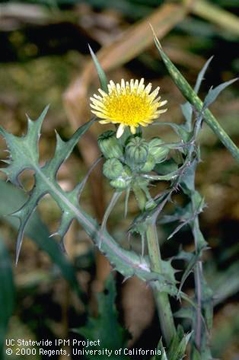
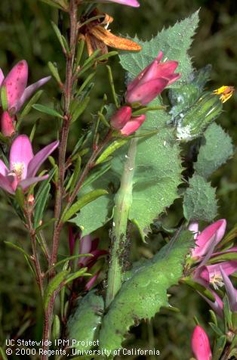
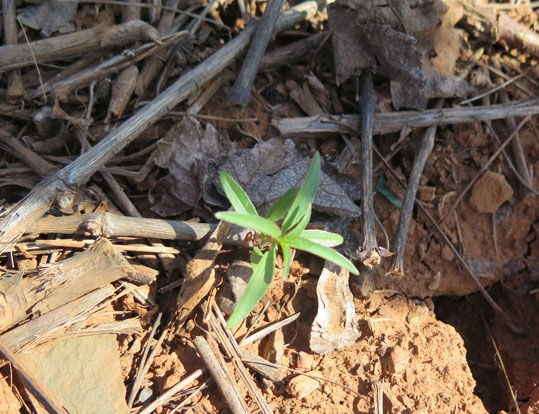
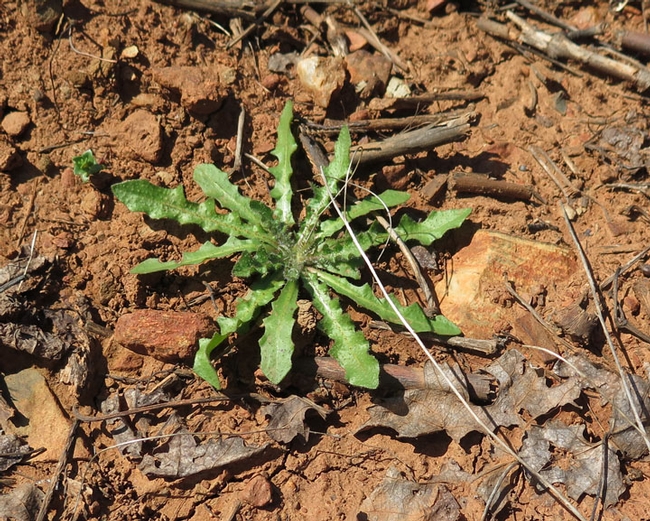
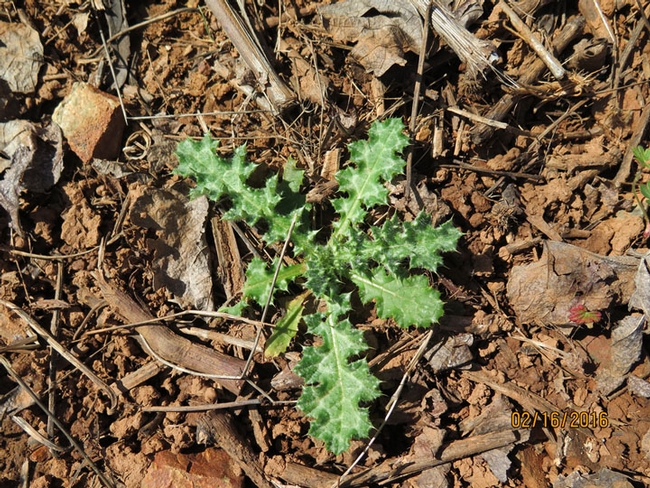
For more weed ID and management information, consult the UC Weed Research Information Center.
- Author: Lynn Wunderlich
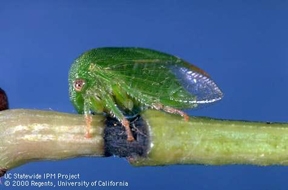
Badher and Zalom have been working as a team with Mysore "Sudhi" Sudarshana (USDA virologist) and several farm advisors and UC researchers, including Rhonda Smith (UCCE Sonoma), Mike Anderson (Oakville station) and myself, to monitor and map vineyards where patterns of red blotch spread are evident. Bahder narrowed the candidates of suspect vectors to those insects he found in common present in vineyards with pattern of red blotch spread from locations across the state. He then conducted arduous greenhouse tests consisting of rearing suspect vectors in completely virus free cages; placing them on RBaV infected vines, and moving them, a single insect per cage, onto virus-free vines to allow them to feed and possibly infect. He then used a highly sensitive PCR test, which allows detection of very small amounts of virus, to look for virus periodically in the vines after insect feeding. He found the virus in his greenhouse controlled vines that the three cornered alfalfa leafhopper had fed on 4 months after initial feeding (and transmission) took place.
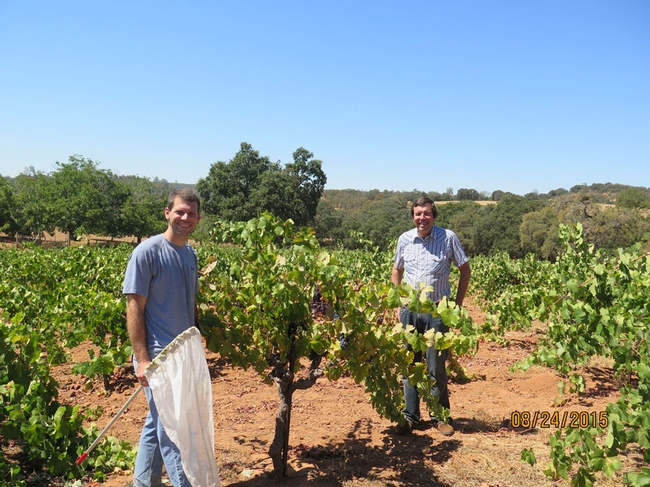
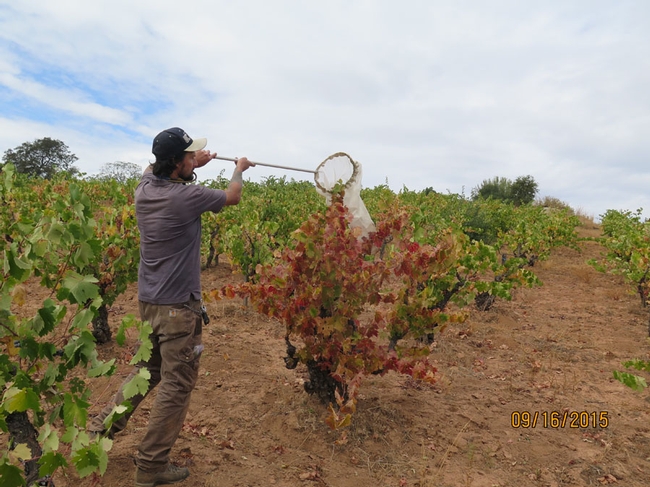
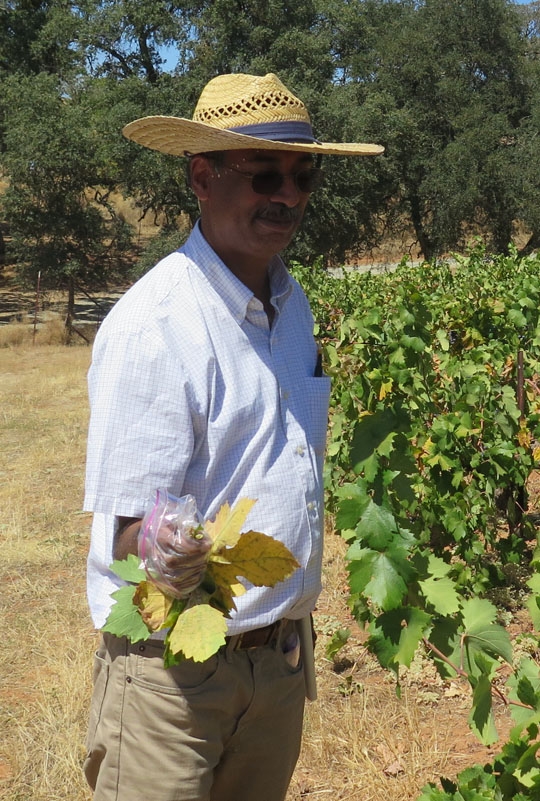
Very little is known about the feeding habits and biology of the three-cornered alfalfa treehopper, but you can bet all that is about to change. What we do know is that the insect prefers other plants, such as alfalfa, grasses and legumes, to feed on; and spends very little time feeding on grapevines. The treehopper has been known to cause minor damage to grapevine leaf petioles in the foothills and N. Coast, girdling the petioles and then causing just one leaf to turn red.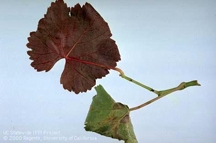
I plan on doing some sweep net surveys of groundcovers to determine if there are any treehoppers overwintering as adults (we know they overwinter as eggs).
Bahder and Zalom noted that the treehopper may not be the ONLY species that is capable of transmitting RBaV; and they plan on continuing their studies of other insect vector candidates.
The Red Blotch webinar was a huge success, with over 300 participants online and a wealth of expert information on the disease. For those of you who missed it, I will let you know when the webinar is posted online. 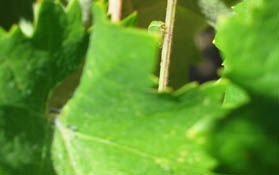
- Author: Lynn Wunderlich
Warm weather, spring rains, and a lot of weeds have germinated in foothill vineyards and orchards. How good are you at your weed seedling ID? Take the Foothill Fodder quiz on a few I spied this week (they are all realtively common)-answers will be posted next week!
- Author: Lynn Wunderlich

10), many growers are out pruning their vineyards. But with more rain coming, those pruning wounds will be susceptible to a host of canker disease pathogens, notably, Eutypa, Botryosphaeria and Esca disease. Wood canker diseases (a.k.a. "trunk" disease, because these pathogens can make it all the way to the trunk, killing the vine) are a huge issue in the decline and shortened lifespan of vineyards.
Richard Smart has likened the scourge of canker disease, found in nearly every vineyard, akin to the days of phylloxera before we understood how to manage it with rootstocks. So, what can a grower do to prevent canker disease?
#1 Prune as late as possible. I understand labor issues make this complicated. So, if you need to get some pruning done now:
#2Double prune your vines. "Double" pruning means using 2 passes to get the job done: the first pass, done earlier, leaves at least a foot of cane above the fruiting buds. The second pass, done as late as possible (up to or even past budbreak), finished the job down to a one or two bud spur, as appropriate for the cane. Double pruning will help prevent frost injury, delay budbreak (the most terminal buds will break first), and help prevent canker infection because the initial pruning wound will take the brunt of the injury, only to be removed for the final 
#3 Treat pruning wounds prior to rain with a protectant. Several fungicides, including an organic option, are now registered for pruning wound protection-most are labelled for airblast application (long gone are the days of "painting" protectants on). Sprayers can be modified, the fan turned down or off, or a flat fan nozzle on a modified bar at wire height can be mounted. See the UCIPM guidelines here for a list of protectants.
#4. Burn or remove from the vineyard the diseased prunings.
- Author: Lynn Wunderlich
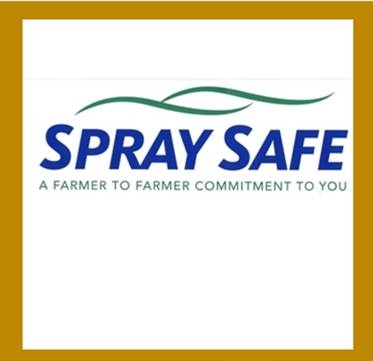
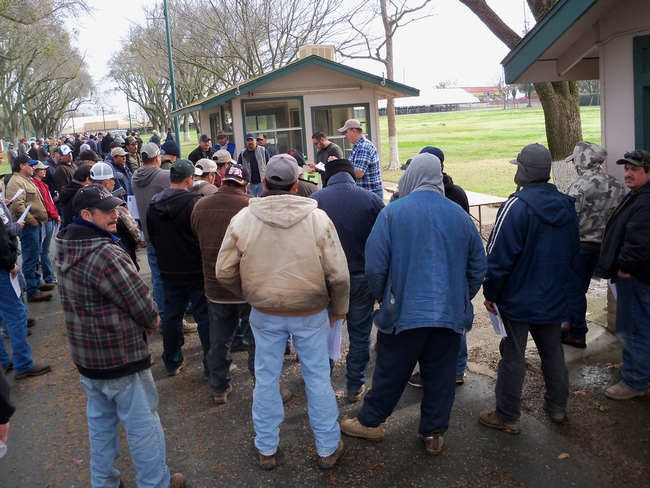
Brian Leahy, Dept. of Pesticide Regulation Director, was a keynote speaker. Brian discussed proposed regulations (they're not final yet) concerning pesticide use around schools and the forthcoming requirement for annual field worker safety training to begin in 2017. (Currently annual safety training is required for applicators, and field worker training is required every 5 years or when the field worker is new.) DPR has just updated the pesticide safety leaflets for field workers (A-9 series) and pesticide handlers (A-8 series). You can go to get a PDF of the English A-9 here, or the Spanish A-9 here. And to the English A-8 here, or the Spanish A-8 here. These should be filled out and posted.
Parry Klassen, Exec. Director for CURES, discussed water quality and compliance with the Central Valley Regional Water Quality Control Board's irrigated lands program. All growers who apply irrigation to their commercial crop land are required to comply, and one way you can do this is by joining your regional coalition (hopefully everyone out there is already a coalition member). If you need more information on where your local coalition is (there are several covering the watersheds within the Central Sierra region), you can contact me or click here.
My colleague Franz Niederholzer, who many of you have heard speak at my spray tech meetings, always does an excellent job of presenting the practical benefits of sprayer calibration and targeting the spray. Franz emphasized that spray applications during the dormant season, when trees have little to no canopy, are a different animal and require adjustments to fan speed and/or travel speed to avoid drift.
I spoke about the drift control nozzle choices growers have when spraying weeds, a thing we might be doing a lot of this coming spring because of all the rain germinating all of those pesky weed seeds. I demonstrated, with the help of Alan of PBM Sprayers, air-induction (AI) and turbulence chamber nozzles. These nozzles will deliver the same flow rate as a standard XR fan nozzle, but the droplet sizes these AI and turbulence nozzles produce are much larger than the fines of a standard XR. Larger droplets drift less!





